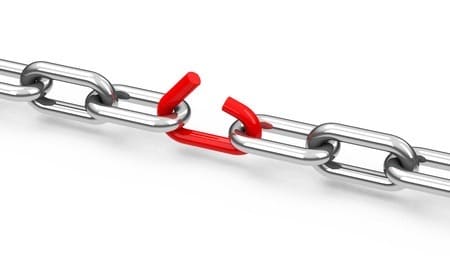 We examined numerous articles about problems facing today’s supply chain professionals. We at Proficient Sourcing are ever interested in being a solution to some of these, and indeed, there are several problems identified that we can address. However, most of the problems noted have to do with organizational issues where we have no relevance. And since, as we all know, you can find almost anything on the internet, what of all this is worthy of your consideration? Please help us out by contributing to our blog.
We examined numerous articles about problems facing today’s supply chain professionals. We at Proficient Sourcing are ever interested in being a solution to some of these, and indeed, there are several problems identified that we can address. However, most of the problems noted have to do with organizational issues where we have no relevance. And since, as we all know, you can find almost anything on the internet, what of all this is worthy of your consideration? Please help us out by contributing to our blog.
Among the many choices available, “What Are the 3 Biggest Challenges Faced by Supply Chain/Purchasing Professionals Today?” provided several concise points that support some of the points we have reinforced in previous newsletters.
One such point:
-“The lack of thinking about products as solutions instead of just simple products…too few purchasers question the things they buy. Are the products bought actually the best solution to the problem/need that needs to be addressed? When I review purchasing decisions I often come to the conclusion tha the biggest opportunities that are missed are located in this faze.”
We are guessing this author is recommending the buyer become more proactive in examining the function of what is being purchased in order to have input into the definition or design of the item in question. We have long recommended working with suppliers so that they have some idea how the item being sourced fits into some larger whole. Very often the supplier, who is highly motivated to provide value to buyers, will be able to suggest improvements to the design of the item or even a replacement/substitution concept to make the overall product perform better.
We have several recommendations on how to work with a supplier: You can download our white paper containing these thoughts (under “supplier innovation”).
A second point from the article:
“The lack of a total cost of ownership approach (not only within the company but also as a product used by customers). We should actually facilitate “optimized life cycle managed procurement”. This in result will have a beneficial impact on consumer confidence and loyalty.”
In this context, the total cost of ownership might include not only acquisition cost, but also operating and personnel costs. This latter might include the cost of incoming goods isolation and inspection and the cost of a quality issue that materializes later. Again, these are items impacted by the selection and subsequent behavior of suppliers.
Finally, another reason we find this point valuable is the total cost of ownership is the title of an important concept in reshoring. The Reshoring Initiative (https://www.reshorenow.org/) has a Total Cost of Ownership calculator available on their website which helps a decision involving comparing different countries as a source for some manufacturing. The Institute’s primary concern is reshoring or even offshoring that examines solely the manufacturing direct cost of something will likely miss very important cost elements. From their website, “Most companies make sourcing decisions based solely on price, oftentimes resulting in a 20 to 30 percent miscalculation of actual offshoring costs”.

